Relinquish rights to property letter template
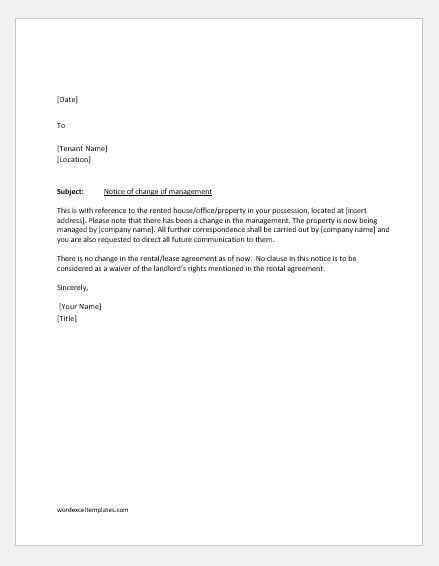
To transfer your rights to a property, the best approach is to provide a clear and formal statement. This letter will ensure that both parties understand the terms of the agreement. Start by including the property details and the intent to relinquish any claims or ownership. Specify the full legal name of both parties involved, along with the relevant date of agreement. Always double-check that both signatures are present for authenticity.
In the letter, it’s important to indicate that the individual relinquishing the rights acknowledges the consequences of this decision. State that no further claims will be made regarding the property once the transfer is complete. If applicable, include a description of any conditions tied to the relinquishment, such as financial settlements or other arrangements. Keep the language simple and direct to avoid misunderstandings later on.
Finally, ensure both parties receive a copy of the signed letter for their records. This serves as legal evidence of the transaction and will help in future disputes, should any arise. A well-drafted relinquish rights to property letter ensures a smooth process and prevents potential legal complications down the line.
Relinquish Rights to Property Letter Template
To relinquish your rights to a property, you must create a clear and legally binding document. This letter should outline your intent to give up all claims to the property and specify any conditions or terms related to the transfer. Follow the structure provided below to draft a valid relinquishment letter.
Key Components
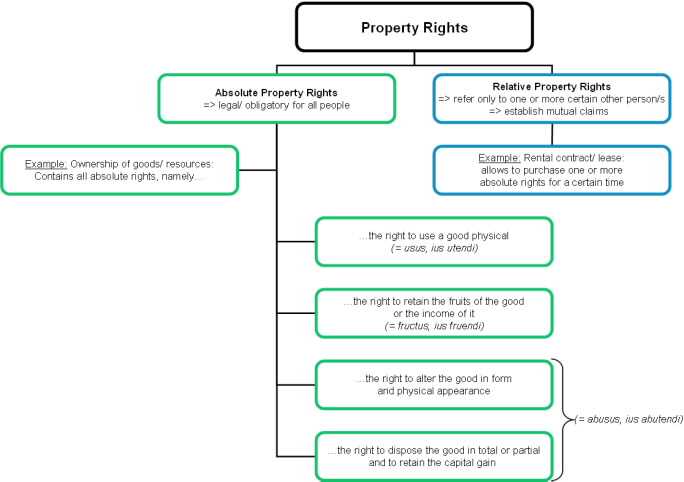
Begin the letter with a formal heading that includes your name and contact details. The letter should be addressed to the appropriate person or entity (e.g., a legal representative or the property’s new owner). Clearly state that you are relinquishing all rights, interests, and claims to the property in question.
Provide specific information about the property, such as the address and any relevant legal identifiers like a property number or deed reference. Include a statement that confirms your understanding of the relinquishment and acknowledge that it is voluntary and without compensation unless otherwise agreed.
Finalizing the Document
Conclude the letter by stating that the relinquishment will be effective as of the specified date and that you will not make any further claims related to the property. Add your signature and date at the bottom of the letter for authentication. If required, have the letter notarized to ensure its legality.
This letter should be clear and unambiguous to avoid any future disputes regarding property rights. Ensure you retain a copy for your records and send the original to the relevant party. If necessary, consult a lawyer to verify the letter’s validity and compliance with local laws.
Steps to Prepare a Relinquishment Letter
Begin by clearly identifying the property you are relinquishing. Include specific details such as the type of property, its location, and any identifying numbers or codes. This ensures that the recipient understands exactly what is being transferred.
- State your intention: Clearly express your decision to relinquish the rights to the property. Use direct language like “I hereby relinquish all rights” or “I voluntarily transfer ownership.”
- Provide your details: Include your full name, contact information, and any relevant identification numbers to help the recipient verify your identity and authority over the property.
- Describe the recipient: Indicate the name of the person or organization to whom the rights are being relinquished. Ensure the recipient’s details are accurate to avoid confusion.
- List any conditions: If applicable, mention any terms or conditions tied to the relinquishment. This might include agreements on the transfer of ownership or other responsibilities.
- Sign and date: Sign the letter at the bottom to make it official, and date it for reference. Ensure that both parties are clear on when the relinquishment takes effect.
Double-check all the details for accuracy. A properly written relinquishment letter reduces the likelihood of disputes or confusion in the future.
Key Information to Include in the Letter
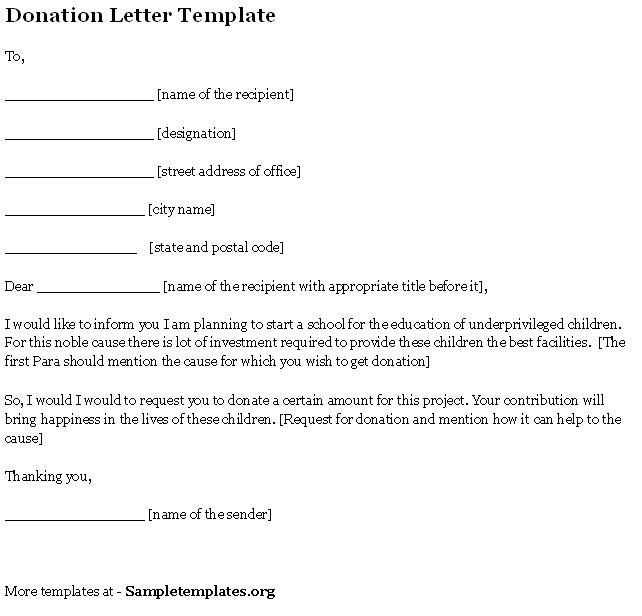
Clearly state the property you are relinquishing rights to, including its address and any relevant identification numbers. Specify your full legal name and the recipient’s name to avoid confusion. Describe the nature of your rights being transferred, whether it’s ownership, leasehold, or another type of legal right. Be explicit about the date the transfer is effective. If there are any conditions or limitations tied to the relinquishment, detail them. Include any relevant legal references, such as contract numbers or clauses, that support your actions. Finally, include a statement acknowledging that the recipient agrees to assume responsibility for the property. Sign and date the letter to make it legally binding.
Legal Considerations Before Signing the Document
Ensure the document clearly states the terms and conditions of the property transfer. Confirm all relevant details, including the property description and involved parties, are accurately represented. This will prevent potential misunderstandings in the future.
Consult a lawyer to verify the legal language is sound and compliant with local laws. Legal professionals can identify any potential risks or clauses that may disadvantage you in the long run.
Verify that there are no existing disputes or encumbrances on the property that could affect your rights after signing. Property titles, liens, and mortgages should be checked thoroughly.
If you’re transferring the property to another party, make sure their identity is correctly verified. Be cautious about transferring property without being sure the recipient will uphold their obligations, such as payment or other considerations.
Review any deadlines or specific requirements that must be met before signing. Missing a deadline could invalidate the transfer or complicate the process.
Ensure both parties have mutual consent on all terms. An agreement signed under duress or without full understanding could be legally challenged later.
| Legal Aspect | Recommendation |
|---|---|
| Accurate Property Description | Double-check the property’s address, boundaries, and ownership details. |
| Verification of Parties | Confirm the identity of all individuals involved in the transaction. |
| Existing Liens or Mortgages | Ensure the property is free of legal encumbrances. |
| Legal Language | Consult a lawyer to ensure clarity and compliance with laws. |
| Mutual Consent | Confirm that both parties understand and agree to the terms. |
Common Mistakes to Avoid in Relinquishment Letters
One of the most common mistakes in relinquishment letters is failing to clearly identify the property being relinquished. Be specific about the item or property, using its full description, address, or serial number. Vague references lead to confusion or disputes later on.
Incorrect or Incomplete Signatures
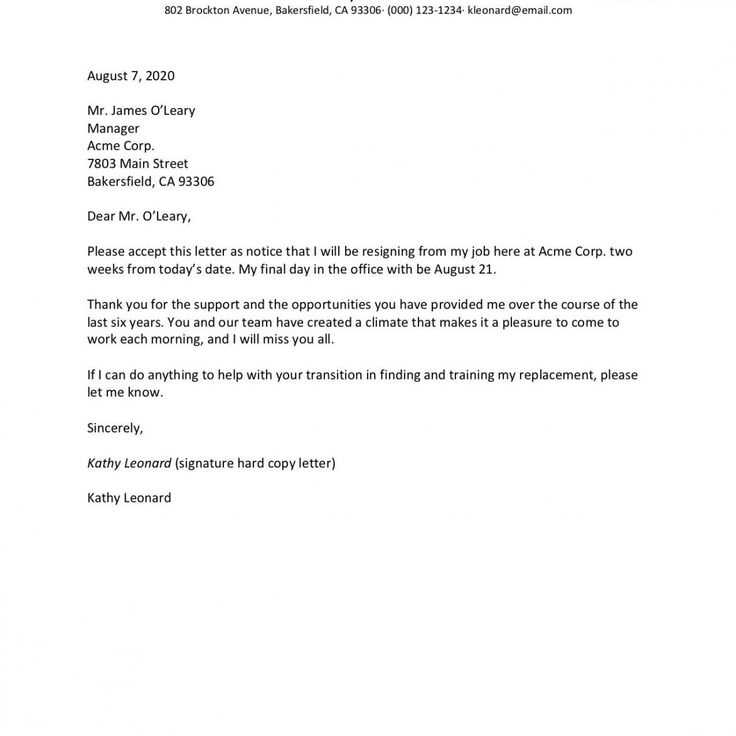
Leaving out signatures or not having them properly witnessed can invalidate the letter. Ensure that all necessary parties sign the document, and include dates and witness information where required. This simple step is often overlooked, but it holds significant legal weight.
Unclear Language and Terms
Ambiguous language can lead to misinterpretation. Use precise and direct language when outlining the relinquishment terms. Avoid jargon or overly complicated sentences that could make the intention unclear.
Another common error is not including the proper date of relinquishment. Stating an incorrect or missing date can create confusion about when ownership changes hands, leading to potential issues with the transfer process.
How to Notarize and Finalize the Relinquishment
To complete the relinquishment, begin by ensuring both parties sign the document in the presence of a notary public. The notary will verify the identities of all signers and confirm their willingness to proceed with the agreement. It’s crucial to bring valid government-issued identification, such as a passport or driver’s license, to facilitate the notary’s process.
Once signed, the notary will stamp and sign the document, making it legally binding. The document should then be filed with the appropriate government or legal authority, depending on the type of property being relinquished. This step finalizes the relinquishment and ensures that the transfer is officially recorded.
If required, make copies of the notarized document for your records and provide a copy to the other party involved in the relinquishment. Keep these documents safe for future reference. This process secures the finalization and ensures that both parties’ rights and obligations are clear and legally enforced.
Understanding the Impact of Relinquishing Property Rights
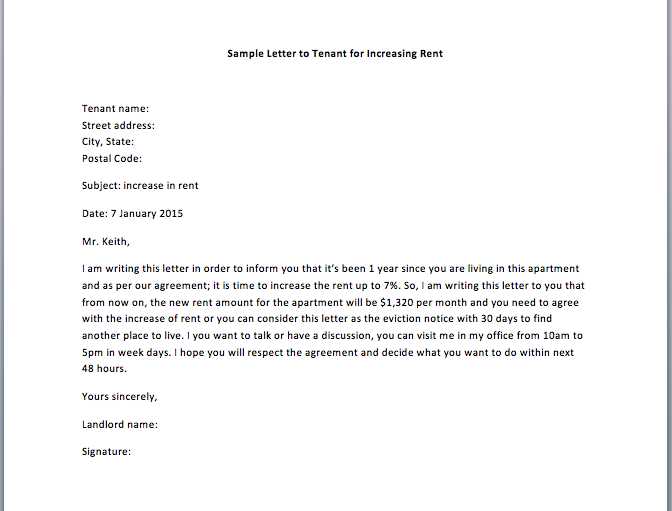
Relinquishing property rights transfers ownership and control of assets. This decision often results in a loss of any future profits or benefits tied to the property. If the property is sold or gifted, you forfeit any claim to its value, including appreciation or rental income.
It’s critical to understand the legal consequences of such a decision. By relinquishing rights, you may also lose the ability to control how the property is used, maintained, or improved. This can limit your future access to the property or any related decisions.
In certain situations, relinquishing rights can trigger tax implications, such as the need to report gains from the sale or transfer. Depending on the property type and the method of relinquishment, taxes may arise from capital gains or inheritance laws. Consulting with a tax advisor helps clarify potential financial responsibilities.
Once the rights are relinquished, it is difficult to reclaim ownership. Some legal avenues may allow a reversal under specific circumstances, but these cases are rare and typically require additional legal steps or agreements. Therefore, it’s crucial to thoroughly assess the consequences and alternatives before making the decision.
Relinquishing rights also affects your ability to pass the property to heirs or retain it as part of an estate plan. Be aware of how this action may alter your long-term estate planning goals, especially if the property holds sentimental or financial value for future generations.